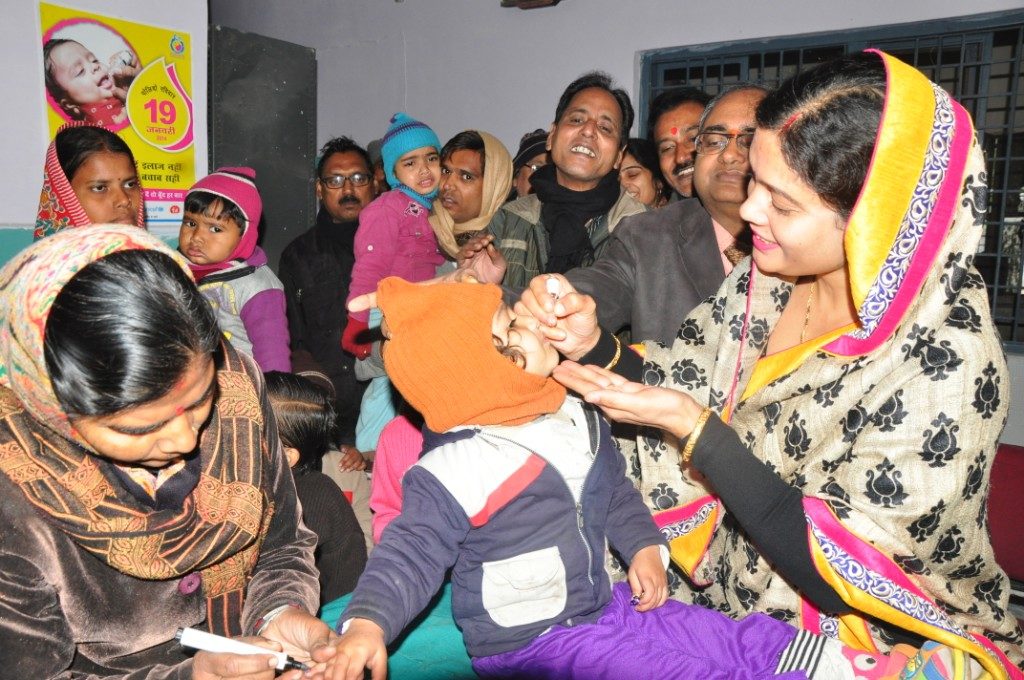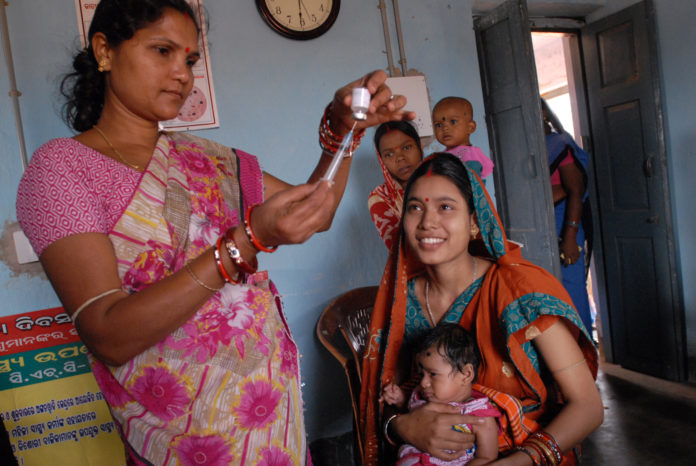For three days now, vaccinators in vans, on foot and in some areas even in boats have been fanning out in 190 districts of the country to ensure that children and pregnant women left out of the routine immunisation exercise are covered. The weeklong third phase of Intensified Mission Indradhanush (IMI) started on December 7 and will go on till 13.

Prime minister Narendra Modi in October this year, IMI is targetted at every child under two years of age. The special drive focuses on improving immunization coverage in select districts and cities to ensure full immunization to more than 90% by December 2018. The achievement of full immunisation under Mission Indradhanush to at least 90% coverage was to be achieved by 2020 earlier. With the launch of IMI, achievement of the target has now been advanced. Mission Indradhanush recently came in for rich praise in a global pneumonia/diarrhoea report card drawn up by Johns Hopkins Bloomberg School of Public Health and other partners.
Four phases of Mission Indradhanush have reached to more than 2.53 crore children and 68 lakh pregnant women. Vaccination is accepted the world over as one of the most effective preventive measures and one of the best ways to prevent under five child mortality. Yet only 62% of children are fully immunised says data from the National Family Health Survey 4. There are wide variations between states – the coverage is 38.2% in Arunachal Pradesh and 82% in Kerala.
The vaccines covered in the universal immunisation programme include BCG, hepatitis B, polio, diphtheria, pertussis and tetanus, measles-rubella, Japanese Encephalitis (in endemic areas), pneumonia and rotavirus. “It is for the states to devise strategies best suited to reach the target population in chosen districts – for example in riverine districts like Dhubri in Assam boats may be pressed into service. There is one mobile vaccination unit – commonly known as vaccine vans – in Srawasti district of Uttar Pradesh. In North 24 Parganas of West Bengal where there is a substantial Muslim population, clerics have been roped in to take the message across,” said a senior health ministry official.
For IMI the Union ministry of health is leaving no stone unturned with daily monitoring happening through officers whatsapp groups and additional resources been given to states to reach the target. Items like vaccine vans or refrigerators to store vaccines states have been given for IMI will henceforth become a part of the routine immunisation programme – that in fact is one of the key differences from Mission Indradhanush as it was since its launch on December 25, 2014. IMI will also award states and districts reaching more than 90% coverage. Targets have been set at 90% rather than 100 because it is a fact accepted in public health globally that the last 10% is usually the hardest to achieve and also requires far higher resource commitment.


